HSBC 2011 Annual Report Download - page 218
Download and view the complete annual report
Please find page 218 of the 2011 HSBC annual report below. You can navigate through the pages in the report by either clicking on the pages listed below, or by using the keyword search tool below to find specific information within the annual report.-
 1
1 -
 2
2 -
 3
3 -
 4
4 -
 5
5 -
 6
6 -
 7
7 -
 8
8 -
 9
9 -
 10
10 -
 11
11 -
 12
12 -
 13
13 -
 14
14 -
 15
15 -
 16
16 -
 17
17 -
 18
18 -
 19
19 -
 20
20 -
 21
21 -
 22
22 -
 23
23 -
 24
24 -
 25
25 -
 26
26 -
 27
27 -
 28
28 -
 29
29 -
 30
30 -
 31
31 -
 32
32 -
 33
33 -
 34
34 -
 35
35 -
 36
36 -
 37
37 -
 38
38 -
 39
39 -
 40
40 -
 41
41 -
 42
42 -
 43
43 -
 44
44 -
 45
45 -
 46
46 -
 47
47 -
 48
48 -
 49
49 -
 50
50 -
 51
51 -
 52
52 -
 53
53 -
 54
54 -
 55
55 -
 56
56 -
 57
57 -
 58
58 -
 59
59 -
 60
60 -
 61
61 -
 62
62 -
 63
63 -
 64
64 -
 65
65 -
 66
66 -
 67
67 -
 68
68 -
 69
69 -
 70
70 -
 71
71 -
 72
72 -
 73
73 -
 74
74 -
 75
75 -
 76
76 -
 77
77 -
 78
78 -
 79
79 -
 80
80 -
 81
81 -
 82
82 -
 83
83 -
 84
84 -
 85
85 -
 86
86 -
 87
87 -
 88
88 -
 89
89 -
 90
90 -
 91
91 -
 92
92 -
 93
93 -
 94
94 -
 95
95 -
 96
96 -
 97
97 -
 98
98 -
 99
99 -
 100
100 -
 101
101 -
 102
102 -
 103
103 -
 104
104 -
 105
105 -
 106
106 -
 107
107 -
 108
108 -
 109
109 -
 110
110 -
 111
111 -
 112
112 -
 113
113 -
 114
114 -
 115
115 -
 116
116 -
 117
117 -
 118
118 -
 119
119 -
 120
120 -
 121
121 -
 122
122 -
 123
123 -
 124
124 -
 125
125 -
 126
126 -
 127
127 -
 128
128 -
 129
129 -
 130
130 -
 131
131 -
 132
132 -
 133
133 -
 134
134 -
 135
135 -
 136
136 -
 137
137 -
 138
138 -
 139
139 -
 140
140 -
 141
141 -
 142
142 -
 143
143 -
 144
144 -
 145
145 -
 146
146 -
 147
147 -
 148
148 -
 149
149 -
 150
150 -
 151
151 -
 152
152 -
 153
153 -
 154
154 -
 155
155 -
 156
156 -
 157
157 -
 158
158 -
 159
159 -
 160
160 -
 161
161 -
 162
162 -
 163
163 -
 164
164 -
 165
165 -
 166
166 -
 167
167 -
 168
168 -
 169
169 -
 170
170 -
 171
171 -
 172
172 -
 173
173 -
 174
174 -
 175
175 -
 176
176 -
 177
177 -
 178
178 -
 179
179 -
 180
180 -
 181
181 -
 182
182 -
 183
183 -
 184
184 -
 185
185 -
 186
186 -
 187
187 -
 188
188 -
 189
189 -
 190
190 -
 191
191 -
 192
192 -
 193
193 -
 194
194 -
 195
195 -
 196
196 -
 197
197 -
 198
198 -
 199
199 -
 200
200 -
 201
201 -
 202
202 -
 203
203 -
 204
204 -
 205
205 -
 206
206 -
 207
207 -
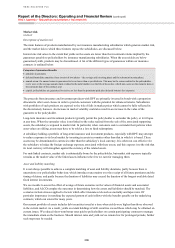 208
208 -
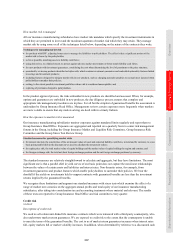 209
209 -
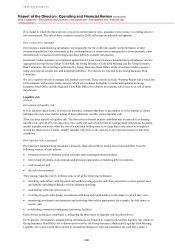 210
210 -
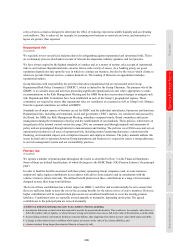 211
211 -
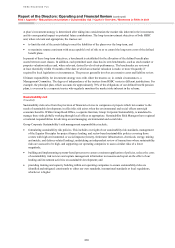 212
212 -
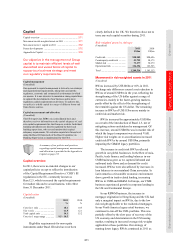 213
213 -
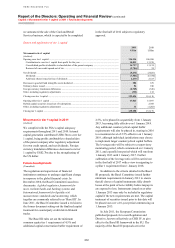 214
214 -
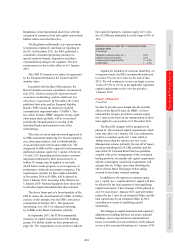 215
215 -
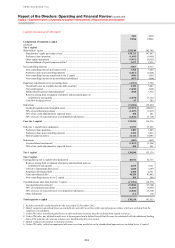 216
216 -
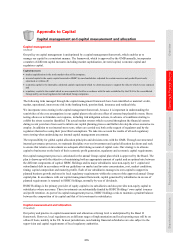 217
217 -
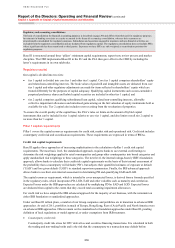 218
218 -
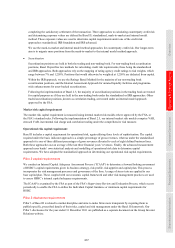 219
219 -
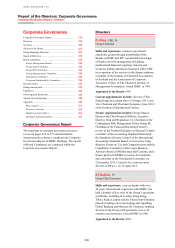 220
220 -
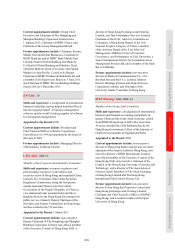 221
221 -
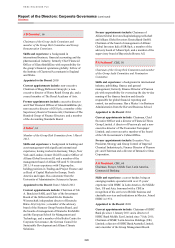 222
222 -
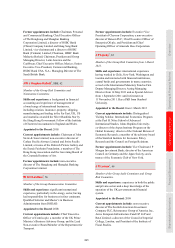 223
223 -
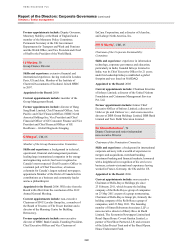 224
224 -
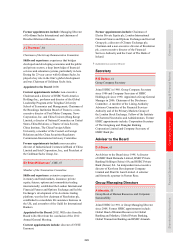 225
225 -
 226
226 -
 227
227 -
 228
228 -
 229
229 -
 230
230 -
 231
231 -
 232
232 -
 233
233 -
 234
234 -
 235
235 -
 236
236 -
 237
237 -
 238
238 -
 239
239 -
 240
240 -
 241
241 -
 242
242 -
 243
243 -
 244
244 -
 245
245 -
 246
246 -
 247
247 -
 248
248 -
 249
249 -
 250
250 -
 251
251 -
 252
252 -
 253
253 -
 254
254 -
 255
255 -
 256
256 -
 257
257 -
 258
258 -
 259
259 -
 260
260 -
 261
261 -
 262
262 -
 263
263 -
 264
264 -
 265
265 -
 266
266 -
 267
267 -
 268
268 -
 269
269 -
 270
270 -
 271
271 -
 272
272 -
 273
273 -
 274
274 -
 275
275 -
 276
276 -
 277
277 -
 278
278 -
 279
279 -
 280
280 -
 281
281 -
 282
282 -
 283
283 -
 284
284 -
 285
285 -
 286
286 -
 287
287 -
 288
288 -
 289
289 -
 290
290 -
 291
291 -
 292
292 -
 293
293 -
 294
294 -
 295
295 -
 296
296 -
 297
297 -
 298
298 -
 299
299 -
 300
300 -
 301
301 -
 302
302 -
 303
303 -
 304
304 -
 305
305 -
 306
306 -
 307
307 -
 308
308 -
 309
309 -
 310
310 -
 311
311 -
 312
312 -
 313
313 -
 314
314 -
 315
315 -
 316
316 -
 317
317 -
 318
318 -
 319
319 -
 320
320 -
 321
321 -
 322
322 -
 323
323 -
 324
324 -
 325
325 -
 326
326 -
 327
327 -
 328
328 -
 329
329 -
 330
330 -
 331
331 -
 332
332 -
 333
333 -
 334
334 -
 335
335 -
 336
336 -
 337
337 -
 338
338 -
 339
339 -
 340
340 -
 341
341 -
 342
342 -
 343
343 -
 344
344 -
 345
345 -
 346
346 -
 347
347 -
 348
348 -
 349
349 -
 350
350 -
 351
351 -
 352
352 -
 353
353 -
 354
354 -
 355
355 -
 356
356 -
 357
357 -
 358
358 -
 359
359 -
 360
360 -
 361
361 -
 362
362 -
 363
363 -
 364
364 -
 365
365 -
 366
366 -
 367
367 -
 368
368 -
 369
369 -
 370
370 -
 371
371 -
 372
372 -
 373
373 -
 374
374 -
 375
375 -
 376
376 -
 377
377 -
 378
378 -
 379
379 -
 380
380 -
 381
381 -
 382
382 -
 383
383 -
 384
384 -
 385
385 -
 386
386 -
 387
387 -
 388
388 -
 389
389 -
 390
390 -
 391
391 -
 392
392 -
 393
393 -
 394
394 -
 395
395 -
 396
396 -
 397
397 -
 398
398 -
 399
399 -
 400
400 -
 401
401 -
 402
402 -
 403
403 -
 404
404 -
 405
405 -
 406
406 -
 407
407 -
 408
408 -
 409
409 -
 410
410 -
 411
411 -
 412
412 -
 413
413 -
 414
414 -
 415
415 -
 416
416 -
 417
417 -
 418
418 -
 419
419 -
 420
420 -
 421
421 -
 422
422 -
 423
423 -
 424
424 -
 425
425 -
 426
426 -
 427
427 -
 428
428 -
 429
429 -
 430
430 -
 431
431 -
 432
432 -
 433
433 -
 434
434 -
 435
435 -
 436
436 -
 437
437 -
 438
438 -
 439
439 -
 440
440
 |
 |

HSBC HOLDINGS PLC
Report of the Directors: Operating and Financial Review (continued)
Capital > Appendix to Capital > Capital measurement and allocation
216
Regulatory and accounting consolidations
The basis of consolidation for financial accounting purposes is described on page 292 and differs from that used for regulatory purposes.
Investments in banking associates are equity accounted in the financial accounting consolidation, whereas their exposures are
proportionally consolidated for regulatory purposes. Subsidiaries and associates engaged in insurance and non-financial activities are
excluded from the regulatory consolidation and are deducted from regulatory capital. The regulatory consolidation does not include SPEs
where significant risk has been transferred to third parties. Exposures to these SPEs are risk-weighted as securitisation positions for
regulatory purposes.
Basel II is structured around three ‘pillars’: minimum capital requirements, supervisory review process and market
discipline. The CRD implemented Basel II in the EU and the FSA then gave effect to the CRD by including the
latter’s requirements in its own rulebooks.
Regulatory capital
Our capital is divided into two tiers:
• tier 1 capital is divided into core tier 1 and other tier 1 capital. Core tier 1 capital comprises shareholders’ equity
and related non-controlling interests. The book values of goodwill and intangible assets are deducted from core
tier 1 capital and other regulatory adjustments are made for items reflected in shareholders’ equity which are
treated differently for the purposes of capital adequacy. Qualifying capital instruments such as non-cumulative
perpetual preference shares and hybrid capital securities are included in other tier 1 capital; and
• tier 2 capital comprises qualifying subordinated loan capital, related non-controlling interests, allowable
collective impairment allowances and unrealised gains arising on the fair valuation of equity instruments held as
available for sale. Tier 2 capital also includes reserves arising from the revaluation of properties.
To ensure the overall quality of the capital base, the FSA’s rules set limits on the amount of hybrid capital
instruments that can be included in tier 1 capital relative to core tier 1 capital, and also limits overall tier 2 capital to
no more than tier 1 capital.
Pillar 1 capital requirements
Pillar 1 covers the capital resources requirements for credit risk, market risk and operational risk. Credit risk includes
counterparty credit risk and securitisation requirements. These requirements are expressed in terms of RWAs.
Credit risk capital requirements
Basel II applies three approaches of increasing sophistication to the calculation of pillar 1 credit risk capital
requirements. The most basic level, the standardised approach, requires banks to use external credit ratings to
determine the risk weightings applied to rated counterparties and group other counterparties into broad categories and
apply standardised risk weightings to these categories. The next level, the internal ratings-based (‘IRB’) foundation
approach, allows banks to calculate their credit risk capital requirements on the basis of their internal assessment of
the probability that a counterparty will default (‘PD’), but subjects their quantified estimates of exposure at default
(‘EAD’) and loss given default (‘LGD’) to standard supervisory parameters. Finally, the IRB advanced approach
allows banks to use their own internal assessment in determining PD and quantifying EAD and LGD.
The capital resources requirement, which is intended to cover unexpected losses, is derived from a formula specified
in the regulatory rules, which incorporates PD, LGD, EAD and other variables such as maturity and correlation.
Expected losses under the IRB approaches are calculated by multiplying PD by EAD and LGD. Expected losses
are deducted from capital to the extent that they exceed total accounting impairment allowances.
For credit risk we have adopted the IRB advanced approach for the majority of our business, with the remainder on
either IRB foundation or standardised approaches.
Under our Basel II rollout plans, a number of our Group companies and portfolios are in transition to advanced IRB
approaches. At end of 2011, portfolios in much of Europe, Hong Kong, Rest of Asia-Pacific and North America were
on advanced IRB approaches. Others remain on the standardised or foundation approaches under Basel II, pending
definition of local regulations or model approval, or under exemptions from IRB treatment.
• Counterparty credit risk
Counterparty credit risk arises for OTC derivatives and securities financing transactions. It is calculated in both
the trading and non-trading books and is the risk that the counterparty to a transaction may default before
